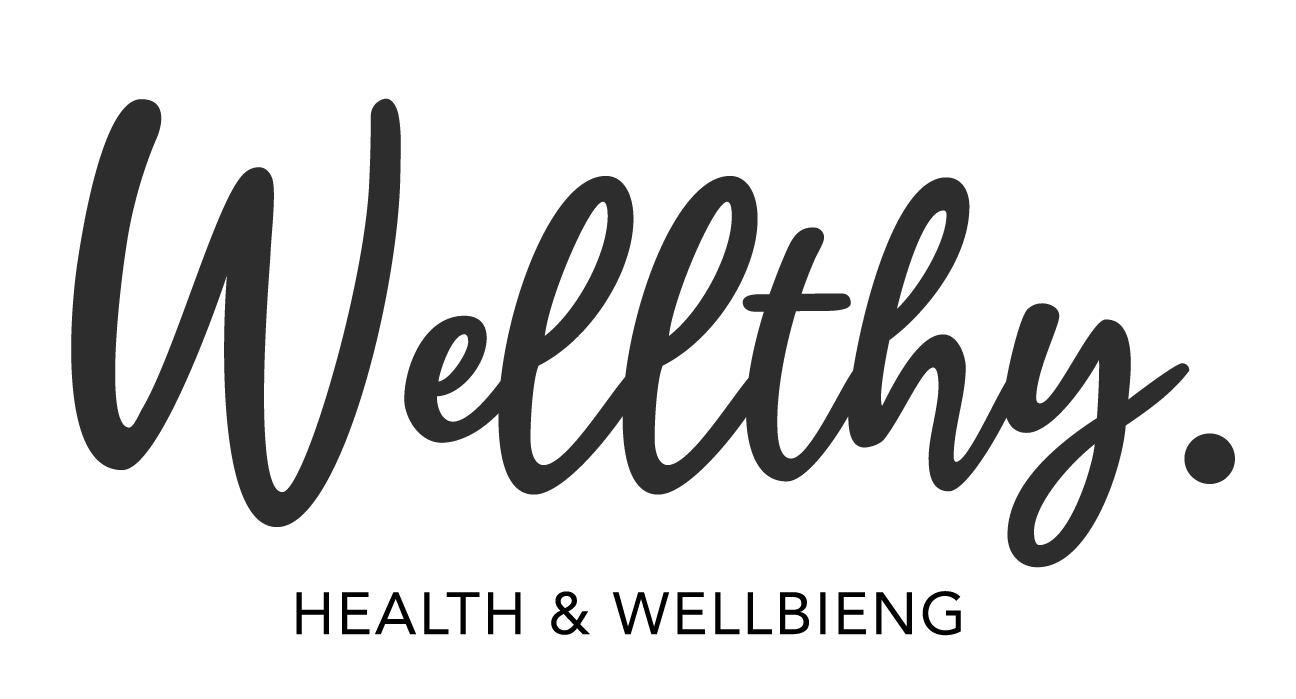Starting a new job or taking on more responsibilities in a high-pressure work environment can challenge our mental well-being. From deadlines to demanding tasks, the fast-paced nature of these settings can easily lead to stress and burnout. In this blog post, we’ll explore valuable mindfulness tips for mental well-being in high-pressure work settings that can help you navigate these challenges with resilience and clarity. Let’s dive in and discover how incorporating mindfulness practices can make a significant difference in your work life.
Practical Mindfulness Techniques for Busy Professionals
Breathing Exercises for Stress ReliefIn high-pressure work settings, stress can build up rapidly, affecting mental well-being and productivity. One effective mindfulness tip is to practice deep breathing exercises.
- Diaphragmatic Breathing: Sit comfortably with your back straight, place one hand on your chest and the other on your stomach. Inhale deeply through your nose, letting your stomach rise as you fill your lungs with air. Exhale slowly through your mouth, feeling your stomach fall. Repeat this process for a few minutes to calm your mind and reduce stress.
Mindful Movements for Focus and GroundingWhen faced with a hectic workday, incorporating mindful movements can help you stay present and focused.
- Walking Meditation: Take short breaks during the day to practice walking meditation. Focus on each step you take, feeling the connection between your feet and the ground. This simple practice can help bring your attention back to the present moment and relieve mental tension.
Mini Mindfulness Meditations Throughout the DayIntegrating short mindfulness meditations into your daily routine can significantly impact your mental well-being in a high-pressure work environment.
- One-Minute Meditation: Find a quiet spot, close your eyes, and focus on your breath for one minute. Notice the sensation of each inhale and exhale, allowing yourself to let go of any distractions. This quick practice can provide a moment of clarity and relaxation amid a busy day.
For more in-depth guidance on mindfulness techniques, check out Google’s mindfulness resources.
Creating a Mindful Work Environment for Improved Mental Well-Being
Setting Boundaries for Work-Life BalanceIn high-pressure work settings, it’s crucial to establish boundaries to protect your mental well-being and prevent burnout.
- Define Clear Work Hours: Communicate your work hours to colleagues and clients to manage expectations and avoid constant availability.
- Designate Tech-Free Times: Create designated times during the day where you disconnect from digital devices to recharge and refocus.
Promoting Open Communication and SupportEncouraging open communication and fostering a supportive work environment can enhance mental well-being in high-pressure settings.
- Team Check-Ins: Schedule regular check-ins with team members to discuss challenges, share successes, and provide mutual support.
- Offering Resources: Provide access to resources such as mental health support services or mindfulness workshops to promote well-being among colleagues.
Designing a Calming Workspace for ProductivityThe physical environment plays a significant role in mental well-being. Designing a workspace that promotes mindfulness and relaxation can boost productivity in high-pressure work settings.
- Incorporate Nature Elements: Add plants, natural light, or nature-inspired decor to create a calming atmosphere that reduces stress and anxiety.
- Declutter and Organize: Keep your workspace tidy and organized to minimize distractions and create a sense of order and clarity.
For further insights on creating a mindful work environment, explore Apple’s tips for promoting well-being at work.
Mindfulness Strategies for Managing Stress and Anxiety
Identifying Triggers and Coping MechanismsIn high-pressure work settings, it’s essential to recognize the triggers that contribute to stress and anxiety. By identifying these triggers, you can proactively implement coping mechanisms to maintain mental well-being.
- Stress Journaling: Keep a journal to track stressful events, emotions, and physical reactions. Analyzing patterns can help you anticipate triggers and develop effective coping strategies.
- Mindful Breathing Techniques: When faced with stress or anxiety, practice deep breathing exercises to calm the mind and body. Focus on the breath to center yourself and alleviate tension.
Practicing Self-Compassion and AcceptanceSelf-compassion and acceptance play a significant role in managing stress and anxiety in high-pressure work environments.
- Kind Self-Talk: Replace self-criticism with self-compassionate language. Treat yourself with kindness and understanding, acknowledging that everyone faces challenges.
- Mindful Acceptance: Embrace difficult emotions and situations with mindfulness. By acknowledging and accepting them without judgment, you can reduce their impact on your mental well-being.
Seeking Professional Support and Mental Health DiscussionsIn times of intense stress or persistent anxiety, don’t hesitate to seek professional help and engage in open discussions about mental health.
- Therapeutic Support: Consult a mental health professional or therapist for personalized support and guidance in managing stress and anxiety.
- Mental Health Advocacy: Advocate for mental health awareness in the workplace by initiating discussions, sharing resources, and promoting a supportive culture around mental well-being.
For additional resources on mental health advocacy and support, refer to Amazon’s Workplace Mental Health Toolkit.
Conclusion: Prioritizing Mindfulness for Sustainable Well-Being
In conclusion, mastering mindfulness techniques is crucial for enhancing mental well-being in high-pressure work settings. By incorporating practical mindfulness strategies into your daily routine, you can effectively manage stress, improve focus, and cultivate a sense of balance amidst challenging work environments.
Remember that setting boundaries, promoting open communication, designing a calming workspace, and practicing self-compassion are key elements in maintaining your mental health and productivity. By prioritizing your well-being and implementing mindfulness tips consistently, you can navigate high-pressure work settings with resilience and clarity.
Take proactive steps to identify triggers, practice coping mechanisms, and seek professional support when needed. Embracing self-compassion and advocating for mental health awareness in the workplace can contribute to a supportive and inclusive environment conducive to well-being.
For further insights and resources on mindfulness and mental health support in the workplace, explore Microsoft’s Wellbeing at Work platform. Stay committed to your mindfulness journey and empower yourself to thrive in high-pressure work settings with a resilient and balanced mindset.
FAQ Section
How can mindfulness help improve mental well-being in high-pressure work settings?
Mindfulness techniques, such as deep breathing exercises and mindful movements, can help individuals stay present, reduce stress, and enhance focus in high-pressure work environments. By practicing mindfulness, individuals can cultivate a sense of calm and clarity amidst challenging situations.
Is it possible to implement mindfulness practices during a busy workday?
Yes, integrating mindfulness practices into a busy workday is achievable. Simple techniques like one-minute meditations, breathing exercises, and brief mindful breaks can be incorporated throughout the day to promote mental well-being and combat stress effectively.
How can setting boundaries contribute to better mental health at work?
Setting boundaries is essential for maintaining a healthy work-life balance and protecting mental well-being. Clearly defining work hours, creating tech-free zones, and establishing limits on work-related activities can prevent burnout and ensure individuals prioritize self-care.
What role does open communication play in fostering a mindful work environment?
Open communication fosters a supportive work culture where team members can share concerns, seek help, and offer support to one another. Encouraging transparent communication channels builds trust, reduces misunderstandings, and creates a sense of community in high-pressure work settings.
When is it advisable to seek professional support for stress and anxiety at work?
It is recommended to seek professional support when stress and anxiety significantly impact daily functioning and well-being. Mental health professionals can provide personalized guidance, therapeutic interventions, and valuable resources to help individuals cope effectively with work-related stressors.



